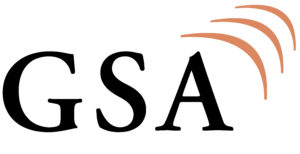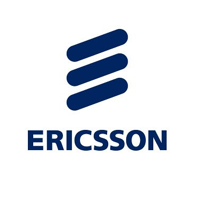MEMBER REPORT: 5G & LTE in Unlicensed Spectrum. GSA Member Report
Introduction
The use of unlicensed spectrum for delivery of LTE services is developing steadily, and following the completion of the latest release by 3GPP, looks set to begin in the context of 5G networks too. A total of 42 operators around the world have been catalogued as investing in one or more of the various unlicensed spectrum approaches (LAA, LTE-U, LWA or LWIP) technologies in the form of trials, pilots, deployments and launches.
While development of the technology ecosystems around LTE-U and LWA have stalled, those operators planning to start trials or deployments of LAA will be encouraged by the increasing number of devices that are compatible with LAA, and those investing in 5G will be encouraged by the completion of 3GPP standards for use of unlicensed spectrum by 5G New Radio systems.
This report is the thirteenth tracking the progress of the key technologies for using LTE (and now, 5G) in unlicensed spectrum. GSA monitors network trials as well as deployments and the availability of modules and devices.
Please contact research@gsacom.com if you have additional information. GSA makes no guarantees that the information is complete, but reasonable efforts have been made to be comprehensive and accurate.
Technology context
The idea of using unlicensed spectrum to offer mobile services and improve downlink throughput has been around for some years and there are several approaches for enhancing LTE and 5G. In the context of LTE, LAA has emerged as the primary technology choice.
LAA is a 3GPP standard introduced in Release 13 (Rel-13) and involves a licensed LTE band as the primary carrier and carrier aggregation (CA) to add a carrier in unlicensed 5 GHz spectrum for the downlink only. In Rel-14, eLAA added uplink support. High-priority traffic can use the licensed band, while lower priority traffic can use the WiFi channel. The decision on traffic allocation is made by the LAA-enabled base station/small cell and there is no impact on the core network infrastructure. TDD and FDD modes are supported in the standard. Fair coexistence in the unlicensed channel is provided by a region-specific listen-before-talk (LBT) capability to ensure channels are clear before transmission. LBT is mandatory in the EU and Japan. 3GPP Release 15 included improvements to LTE operation in unlicensed spectrum such as enhancements to unlicensed spectrum offloading systems, as well as work on standards for use of LAA/eLAA for the CBRS band in the USA.
An alternative approach, LTE-U is a pre-Release 13 technology pioneered in the USA (notably by Verizon and T-Mobile) that was also been trialled in other countries including South Korea, South Africa and Saudi Arabia. It is similar to LAA with CA: no core network changes and decisions on spectrum use are made by base station/small cell, except that LTE-U uses Carrier-Sensing Adaptive Transmission (CSAT) rather than LBT to determine when the 5 GHz unlicensed WiFi spectrum is in use to maintain fair coexistence. Development of the industry standard was led by the LTE-U Forum. In February 2017, the FCC in the USA authorised LTE-U devices for use in the 5 GHz unlicensed band. LTE-U has an upgrade path to LAA and eLAA.
LWA (LTE Wireless-LAN Aggregation) is a 3GPP Rel-13 standardised technology which aggregates carriers at the PDCP layer and uses the dual connectivity feature from 3GPP Rel-12. LWA supports downlink aggregation only. In Rel-14, eLWA added uplink support. Separate nodes (a WLAN access point and an LTE base station) are used and these can be physically separated or collocated in a single unit. The eNodeB makes the decision on activation of LWA and the use of the bearers. LBT is used to ensure fair coexistence in the unlicensed band. Both 2.4 GHz and 5 GHz unlicensed spectrum bands can be used.
NR-Unlicensed (NR-U)- 3GPP Release 16 has introduced standards for use of unlicensed spectrum at 5 GHz and 6 GHz for 5G networks. It enables new modes of operation for 5G networks: anchored NR-U (licensed assisted access), using a licensed spectrum band as the anchor for an unlicensed spectrum band (with options to use either LTE or 5G anchors for the new radio using the unlicensed spectrum); and Standalone NR-U, using only unlicensed spectrum to carry the 5G service (with no LTE or 5G NR anchor).
5G & LTE in Unlicensed Spectrum.
©GSA 2020

